
Uses primary
- Subject:
- History
- Material Type:
- Lesson
- Provider:
- Connecticut Humanities
- Provider Set:
- Teach It
- Date Added:
- 02/09/2023

Uses primary
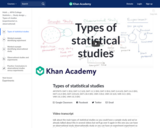
Discusses observational studies, sample studies, and experiments.
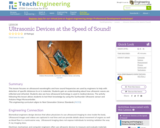
This lesson focuses on ultrasound wavelengths and how sound frequencies are used by engineers to help with detection of specific distances to or in materials. Students gain an understanding about how ultrasonic waves are reflected and refracted. Students also see how ultrasound technology is used in medical devices. The activity following this lesson allows students to test their knowledge by using the Sunfounder Ultrasonic sensor and Arduino Mega Microcontroller.
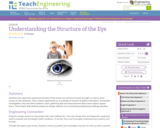
Students learn about the anatomical structure of the human eye and how humans see light, as well as some causes of color blindness. They conduct experiments as an example of research to gather information. During their investigations, they test other students' vision, gathering data and measurements about when objects appear blurry. These topics help students prepare to design solutions to an overarching engineering challenge question.
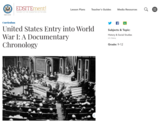
In this curriculum unit, students reconsider the events leading to U.S. entry into World War I through the lens of archival documents.
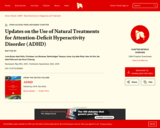
This is a peer-reviewed chapter in an open access book, ADHD. This chapter provides an overview of complementary and alternative medicine (CAM) and its relevance in psychiatric practice for the use of natural health products in the treatment of ADHD. Several botanical agents, nutritional interventions and supplements are reviewed. Results of the reviewed human clinical trials are presented in a concise tabular format. Methods, results, proposed mechanism of action, safety and efficacy are all addressed. The chapter is accurate, relevant, and clear. It is extensively referenced and is still relevant today even though more up-to-date literature reviews are available. It is a technical reading that is best suited to nurses, physicians, nutritionists, mental health workers and other allied health professionals at both the undergraduate and graduate level.

When cyberbullying happens, everyone involved brings their own perspective to the situation. Help students learn about the importance of empathy, how to consider others' feelings, and how to be an upstander when cyberbullying occurs.

In this lesson, students will explain what a solution is and its components as well as explain what a mole is. Then they will perform solution calculations and explain the two (2) methods for making a solution.
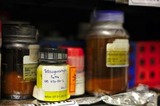
In this lesson, students will identify biological storage containers used in a stock room and list the two (2) main categories of chemicals. Then they will list subcategories of chemicals and where those groups should be stored in a stock room before designing a proper biological and chemical stock room set up.

In this lesson, students will explain the terms biological and chemical as well as read a chemical/ biological label and MSDS sheet. Then they will explain the importance of proper chemical and biological labeling before filling out a chemical/ biological storage label.
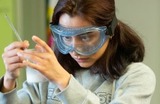
In this lesson, students will demonstrate an understanding of how to correctly dilute a solution via specific and serial dilution, and then dispose of it correctly.
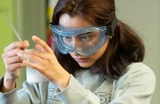
In this lesson, students will demonstrate an understanding of how to correctly store and prepared a solution in the proper container and section of a stockroom.

In this lesson, students will give reasons for needing to dispose of chemicals safely as well as list four categories of chemicals for disposal and write a flow chart for lab waste disposal.
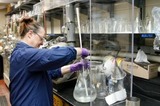
In this lesson, students will list the reasons to use a serial dilution and explain how to find the dilution factor and total dilution factor as well as use a SOP for 10-Fold Serial Dilutions.

In this lesson, students will explain biological and chemical spoilage/ expiration concerns before listing ways to avoid costly Biological and Chemical loss through spoilage and expiration and performing a stockroom storage compliance audit.

In this lesson, students will prepare solution according to the SOP written in the previous lesson.

In this lesson, students will explain what a dilution is and when one might be needed before naming two (2) types of dilutions and explaining the calculations and steps needed for a specific dilution.

In this lesson, students will recall the parts of a solution and explain what concentration means. Then they will give examples of where concentration units are used before listing common concentration units used in a lab and differentiate between the various concentration units.
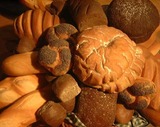
In this lesson, students will define classic biotechnology, classify yeast and describe its role in classic biotech as well as identify the critical variables of bread making and design an experiment to optimize one critical variable of bread making.
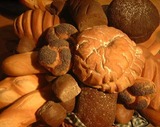
In this lesson, students will define independent variable the experiment and determine 2 values (amounts to use). Then they will define dependent variable and how it will be measured in the experiment before writing out procedures for experiment and making one dough for each condition including control (3 total).